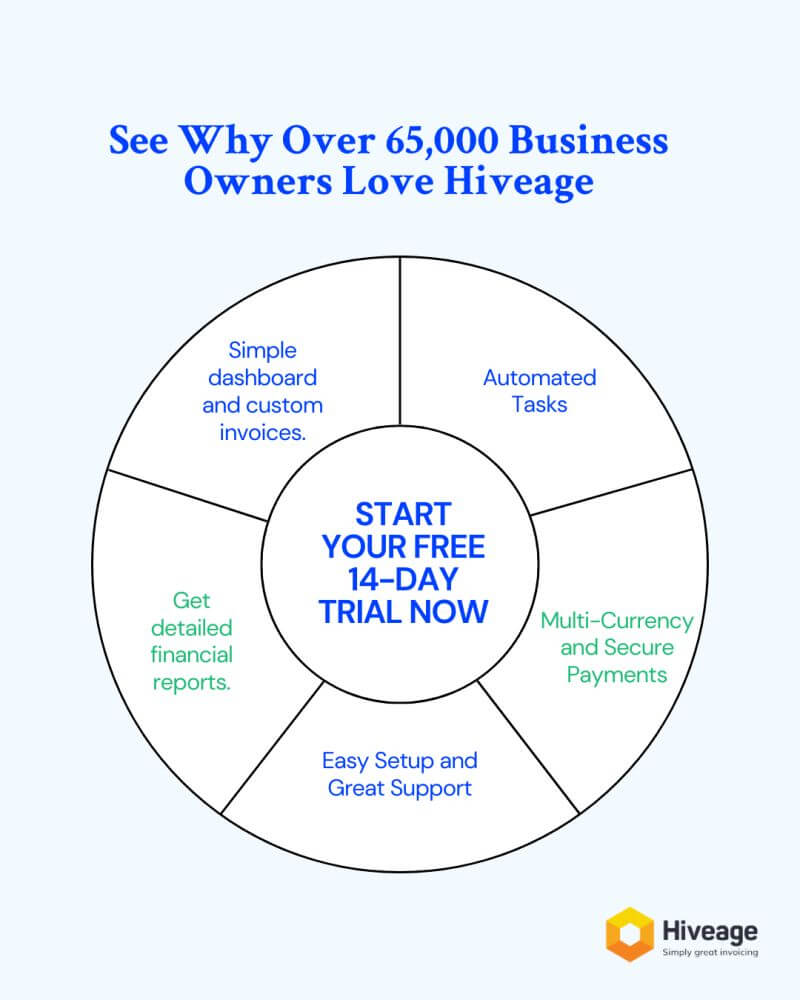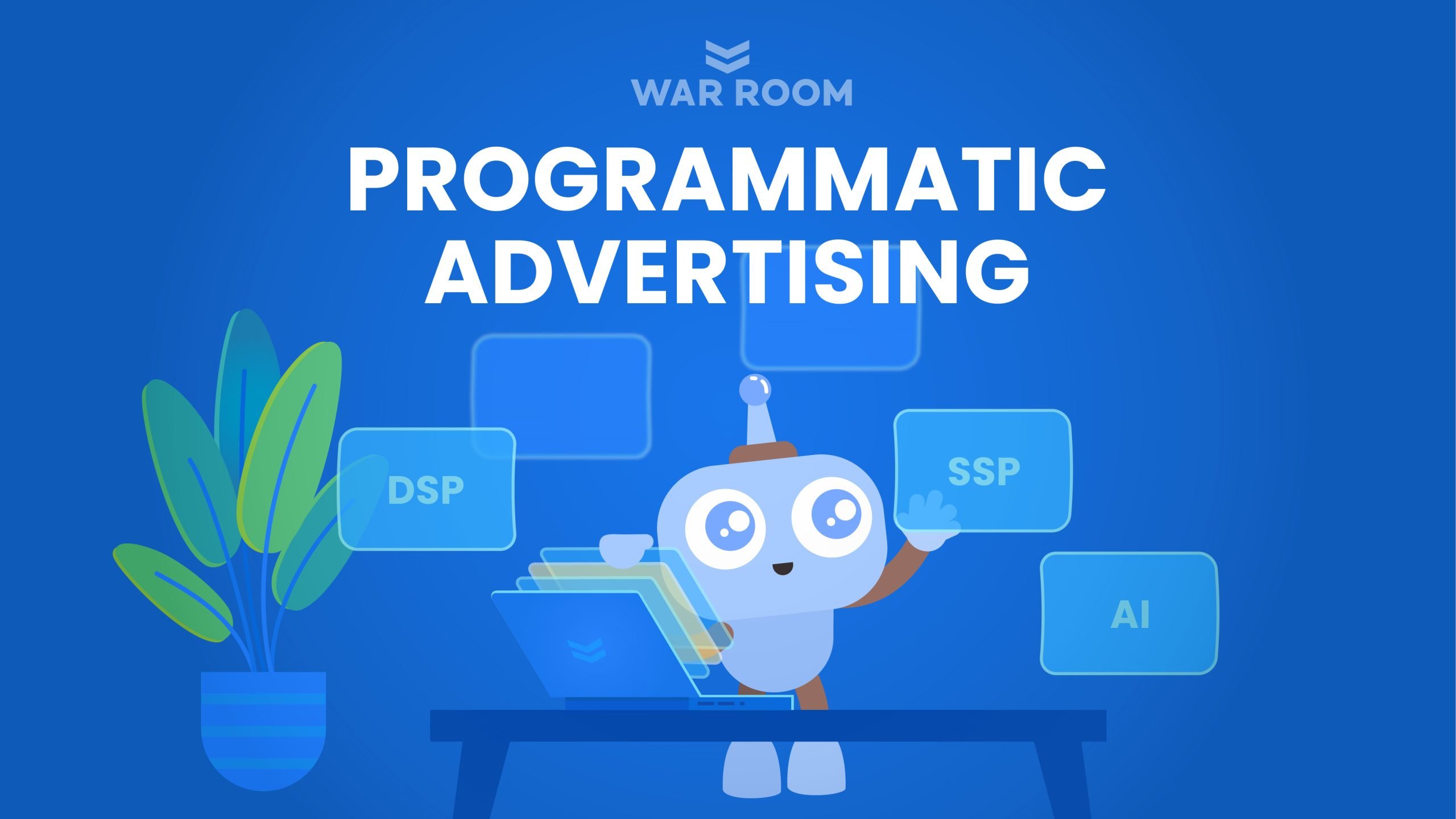Content is an integral part of digital strategy, as it is often the first touchpoint of a potential customer with a brand. Think about it—whether someone reads a blog post, sees a social media update, or watches a video, that’s usually the starting point of their journey. Modern consumers are more likely to buy from a brand after engaging with its content. On top of that, businesses that create regular content get 97% more backlinks and strengthen their online presence.
Good content builds trust, shows expertise, and encourages users to return for more. In addition to driving traffic, it builds meaningful connections that turn random visitors into loyal customers. However, not all content is that powerful. The pace of modern life is steadily increasing, and so does the speed of content consumption. People want to get information in well-digestible portions. This tendency has gradually led to the emergence of micro-content. Read on to learn what it is and how it works.
What is Micro-Content, and Why is it in Trend?
Today, people are literally attacked by information from social media, ads, and other digital platforms. The average human attention span has dropped to just 8 seconds, down from 12 seconds in 2000. Users quickly lose interest in content that doesn’t grab them right away. For brands, this means their information needs to be laconic and engaging. Long articles or slow websites often make people leave. Shorter, more visual content—like quick videos or catchy headlines—works better. Thus, brands must adapt communication with their audiences and offer them content that can be consumed in seconds or micro-content.
The key features of micro-content are clarity and simplicity. This is why platforms like TikTok, Instagram Reels, and Twitter have become so popular, where content is often limited to just a few seconds or characters. These short info bits use emotional triggers to evoke strong, lasting emotions. The fear of missing out (FOMO) adds urgency and prompts users to act quickly.
Types of Micro-Content
You can create easily perceptible content in different formats. Here are the most popular forms of it:
- Short posts: These are brief text updates that can be shared on social media platforms like Twitter, Instagram, and LinkedIn. They can be used to share quotes, tips, or behind-the-scenes glimpses.
- Videos: A few-second videos have become a staple of micro-content. These are used to showcase products, share tutorials, or simply entertain. You can find plenty on TikTok, Instagram Reels, or YouTube Shorts.
- GIFs: Animated images can add a touch of humor or visual interest to your content. They perfectly express emotions or reactions.
- Memes: Humorous images or videos added to the text ideally connect with your audience and often go viral.
- Soundbites: Short audio clips that can be used to share quotes, sound effects, or music snippets. They’re often used in social media posts or videos.
How to Create Micro-Content That Attracts
At first glance, there is nothing simpler than creating a short post or video. However, it is a true art to make a bit of info that catches. Here are some practical tips:
1. Keep it concise and to the point

Small is the new big. Skip details and focus on one main idea. Your message should be understood within seconds. The more concise the content, the higher the chances it will be shared.
2. Use eye-catching visuals.
Visuals are the best tools to capture attention. Experiment with colors, images, or animations to be noticed and persuade users to stop, view and share your content with others.
3. Play with emotions.

Your little message should evoke emotions through humor, inspiration, or nostalgia. This approach creates memories and deepens engagement, resulting in more shares, likes, and comments.
4. Make it short-term.
Phrases like “limited time” or “offer ends soon” encourage immediate action. They create the fear of missing out (FOMO) and make users interact with your content without delay.
5. Include a clear Call-to-Action.
A strong call-to-action (CTA) is the best instruction on the next step a user takes. Keep it simple but clear – ask them to like, share, or buy. A CTA adds more value to your content.
Great Examples of Micro-Content
To better understand the power and impact of micro-content, let’s see how others do it.
YouTube Shorts
Graham Stephan, a popular personal finance YouTuber, makes Shorts with quick and useful financial tips. His short videos about money saving and investment tips are short but packed with helpful advice. They quickly helped him attract a nearly 5 million audience.

LinkedIn posts
Hiveage, a cloud-based invoice automation tool provider for small businesses and freelancers, uses micro-content to explain how to use its software. The company shares easy-to-scan infographics to show the benefits of their product and attract more users.
TikTok videos
Zach King has become extremely popular thanks to his stunning illusions that keep the audience speechless. These quick videos brought him a stunning number of followers – 80 million!
@zachking How to get the perfect Olympic shot! 🏐 🥇 @AlibabaCloud #alibabacloudmemento #AlibabaPartner ♬ original sound - Zach King
How Do You Measure the Effect of Your Micro-Content?
It is not enough to create short posts and videos; you must also know their impact.
- Analyze engagement metrics – these are likes, comments, and shares. It will help you understand how much people interact with your content.
- Check the views and watch time to see if people watch your videos to the very end.
- Track the click-through rate (CTR). It will tell you whether people click your call to action.
- Watch your audience growth to see if you are actually gaining new followers.
The above findings will show what works and what improvements are needed.
Conclusion
Micro-content adds value to any marketing strategy. Its ability to grab attention, build connections, and drive results turns it into a powerful tool for modern marketers. Micro-content helps brands stand out and reach new customers much faster. It exists in many forms and formats and is suitable for any business. Use the above insights and experiment with micro-content in your company to boost its growth!








